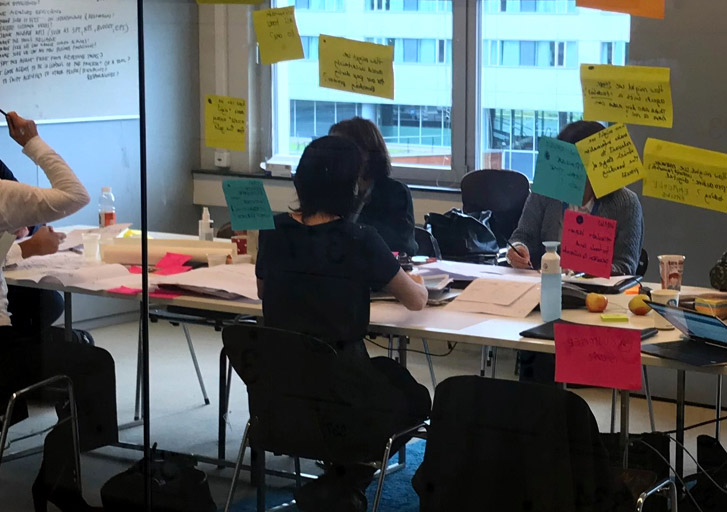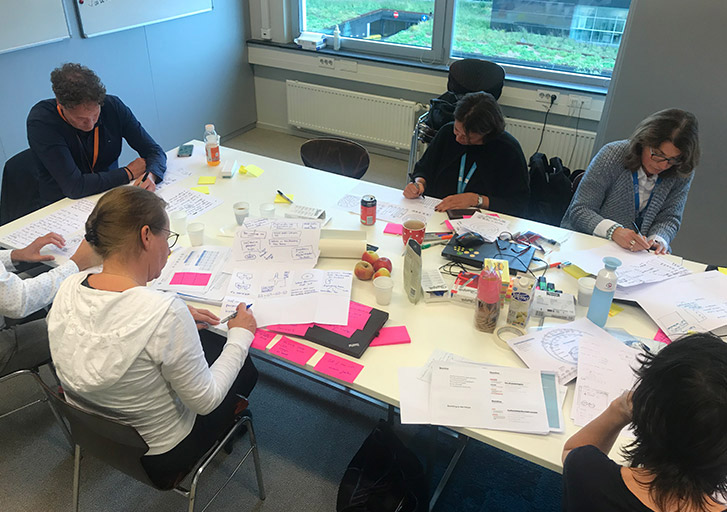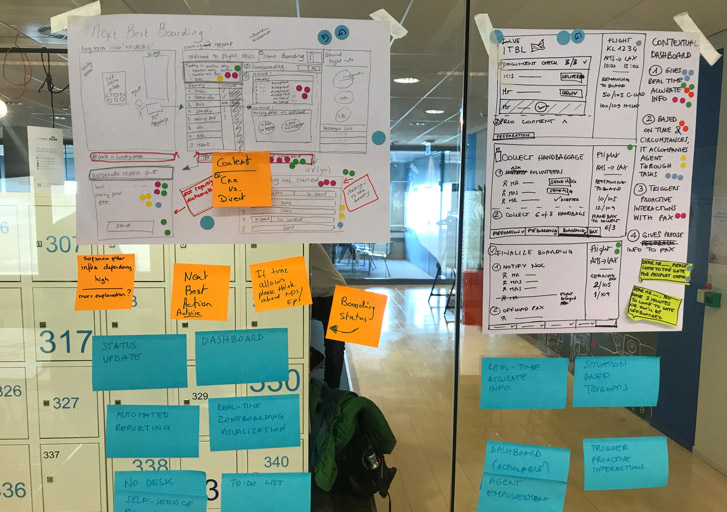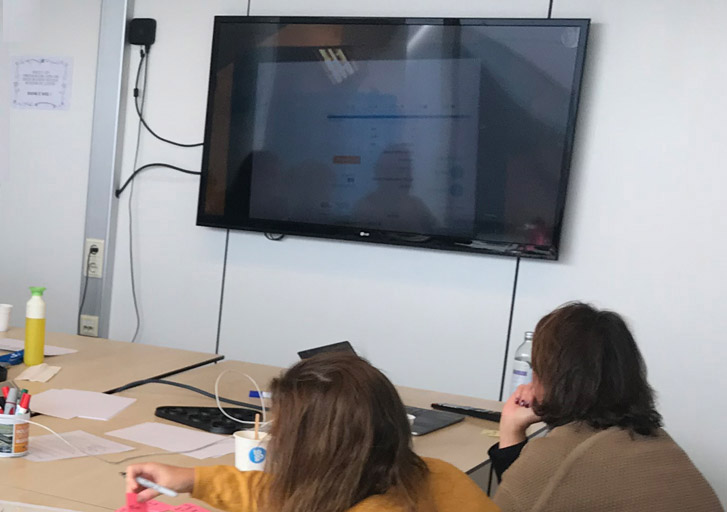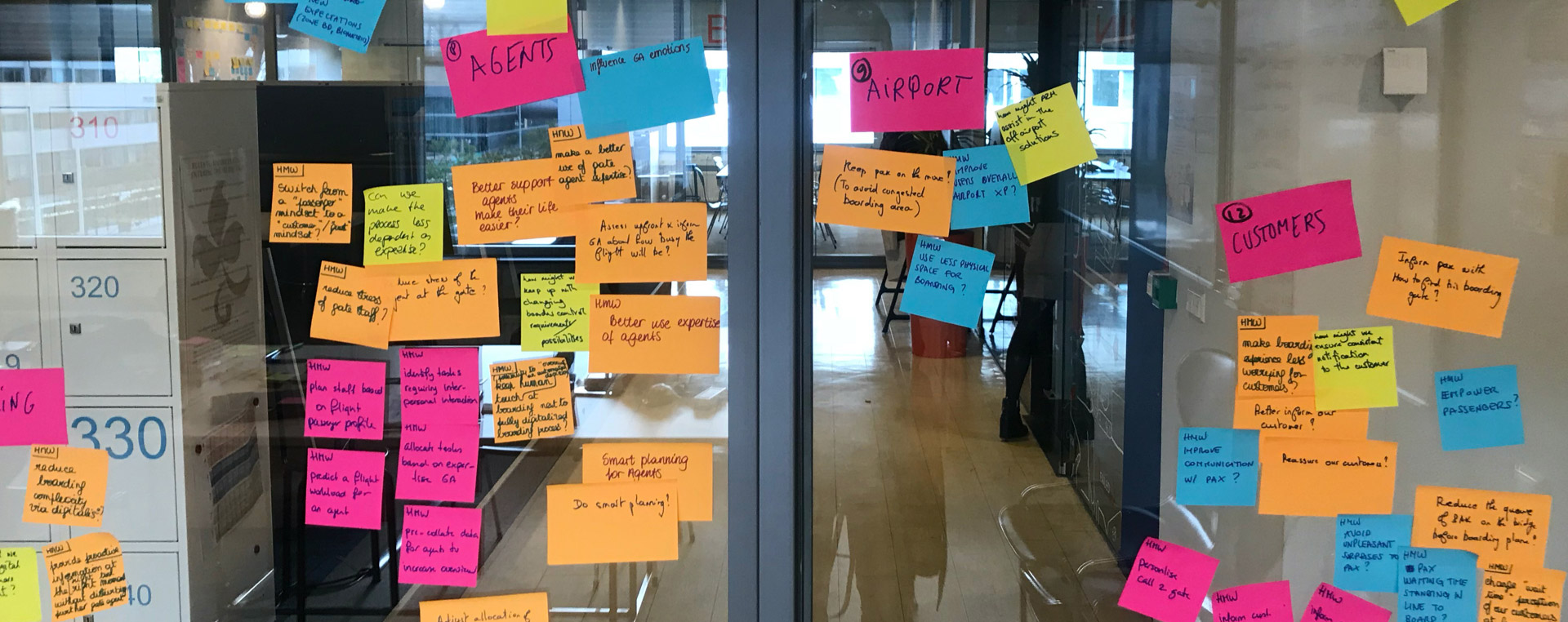Timeline
2019 - 1 week
Client
KLM / Air France
My role
User research, UX strategy, UI design, Usability testing
Team
Facilitator, Customer experience manager, 2 product managers, Product Owner, 2 designers, 2 UX researchers
Tools & methods
Mapping, ask the expert, How Might We, lightning demos, Crazy 8s, Solution sketch, Art museum, heat map, speed critique, straw poll, supervote, all-in-one, storyboard, hi-def prototype, usability test, Sketch, Invision


